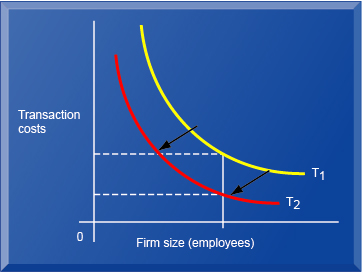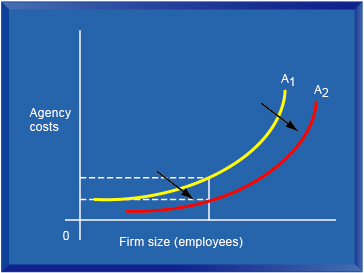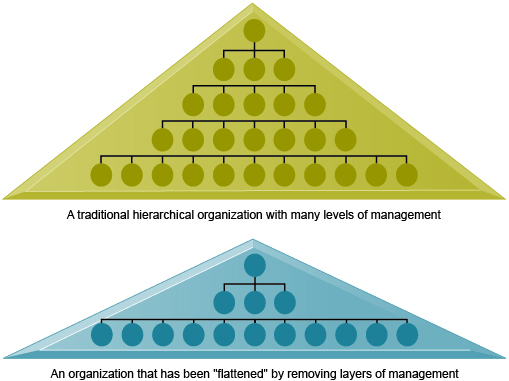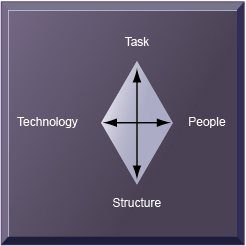| Section 3.2: Bullet Text Study Guide |
How Information Systems Impact Organizations and Business Firms
From an economic point of view, information systems technology can be seen as a factor of production that can be freely substituted for capital and labor. As information systems technology automates the production process, less capital and labor are required to produce a specified output.
Transaction cost theory states that organizations grow in size because they can obtain certain products or services internally at lower cost than by using external firms in the marketplace. By lowering the cost of market participation (transaction costs) information technology allows firms to obtain goods and services more cheaply from outside sources than through internal means. Information systems can thus help firms increase revenue while shrinking in size.
Figure 3-6
 |
|
Agency theory views the firm as a nexus of contracts among self- interested individuals, who must be carefully supervised to ensure they pursue the interests of the organization. Information technology can help reduce agency costs, the costs of coordinating many different people and activities, so that each manager can oversee a larger number of employees.
Figure 3-7
 |
|
Behavioral researchers have theorized that information technology facilitates flattening of hierarchies by broadening the distribution of information to empower lower-level employees and increase management efficiency.
Figure 3-8
 |
|
Postindustrial theories also support the idea that IT should flatten hierarchies by allowing professionals to be self-managing, by decentralizing decision making, and by encouraging formation of ad-hoc, temporary "task forces" that address specific tasks.
Because information systems potentially change an organization's structure, culture, business processes, and strategy, there is often considerable resistance to them when they are introduced. In one model describing organizational resistance, the only way to bring about change is to change the technology, tasks, structure, and people simultaneously.
Figure 3-9.
 |
|
The Internet and World Wide Web are increasing the accessibility, storage, and distribution of information and knowledge for organizations, dramatically lowering transaction and agency costs. Businesses are rapidly rebuilding some key business processes based on Internet technology.
To deliver genuine benefits, information systems must be built with a clear understanding of the organization in which they will be used, and consideration of the firm's environment, structure, culture, politics, organization and leadership, business processes, as well as the principle interest groups affected by the system.